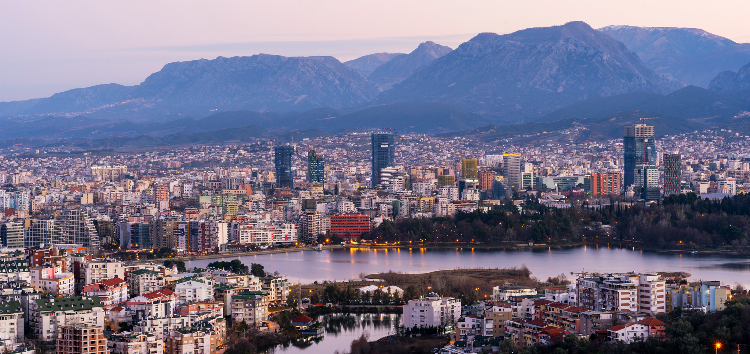Albanian National Tourism Strategy 2024-2030: the 6 key pillars of development

Photo: Tirana, Albania
Albania is experiencing a significant transformation in its tourism sector, which has become a vital component of the country’s economic landscape. The recent surge in international tourist arrivals has positioned Albania as a key player in the European tourism market. As part of this momentum, the Albanian government has unveiled its National Tourism Strategy for 2024-2030, outlining a comprehensive plan aimed at enhancing the sector’s growth and sustainability over the next seven years. This strategy is focused on 6 key pillars of tourism development and is considered critical to Albania’s ongoing efforts to elevate its tourism offerings and attract more investment into the sector.
Why is this important: As one of the fastest-growing sectors in the country, tourism directly influences job creation, infrastructure development, and foreign direct investment. In 2023 alone, Albania saw a record-breaking 10.1 million international arrivals. The new strategy aims to build on this momentum by increasing the number of tourists while spreading the benefits more evenly across different regions of the country. This diversification will help reduce seasonal tourism pressures and make the industry more resilient.
What’s new: The National Tourism Strategy 2024-2030 identifies six key tourism clusters, each representing distinct regions of Albania with unique characteristics and attractions. These clusters are the Adriatic Coast, the Northern Inland, Tirana City, the Central Region, the Ionian Coast, and the Southern Inland. Each of these regions will focus on specific tourism products—whether it’s the sun-drenched beaches of the Adriatic, the cultural heritage of Tirana, or the scenic beauty of the Northern Alps. The goal is to create a more tailored experience for tourists, highlighting the natural and cultural diversity Albania has to offer.
For each cluster, the strategy outlines the development of primary and secondary tourism products, key attractions, and unique experiences to entice visitors. For example, the Adriatic Coast will capitalize on its beaches and maritime heritage, while the Northern Inland cluster will promote adventure tourism through its mountainous landscapes. The clustering approach is designed to maximize the potential of each region and spread tourist traffic more evenly, reducing over-reliance on popular spots during the summer peak season.
What else: In addition to regional development, the strategy aims to stimulate private investment by offering fiscal incentives and easy access to favorable credit conditions for businesses and investors in the tourism sector. These financial instruments are crucial to expanding the accommodation capacity and developing infrastructure to support the growing influx of tourists. By 2030, the government aims to increase the number of registered accommodation beds to 477,000—up from 270,000 in 2023—reflecting a significant 76% rise.
Moreover, the strategy emphasizes job creation as a key outcome of the tourism boom. Currently, the tourism sector employs approximately 42,000 people. By 2030, this figure is expected to surpass 73,000, a 42.1% increase. This growth is seen as essential to reducing unemployment and creating more stable livelihoods, especially in rural and underdeveloped regions that will benefit from increased tourism traffic. The expansion of employment opportunities is also aligned with broader government initiatives to formalize the tourism sector and ensure higher standards of service and sustainability.
Projections: The government projects that by 2030, Albania will generate €6.7 billion in revenue from tourism, up from €4.16 billion in 2023. This increase will be driven by higher tourist arrivals, longer stays, and enhanced tourist services across the country. Investments in both new accommodations and the formalization of existing units will further boost these figures. The strategy also aims to reduce the pressure on Albania’s peak summer season by extending tourist stays beyond the traditional peak months, encouraging year-round visits through diversified tourism offerings.
Overall, the National Tourism Strategy 2024-2030 lays the groundwork for a more sustainable, inclusive, and dynamic tourism sector in Albania. By focusing on regional development, job creation, and increased investment, Albania is positioning itself as a premier destination in Europe, offering visitors a diverse range of experiences while boosting the economy. The next few years will be critical as the country continues to implement this ambitious plan, ensuring that tourism remains a vital contributor to Albania’s long-term growth.


